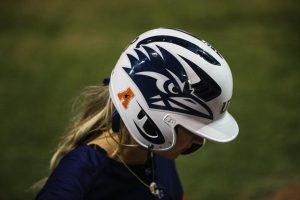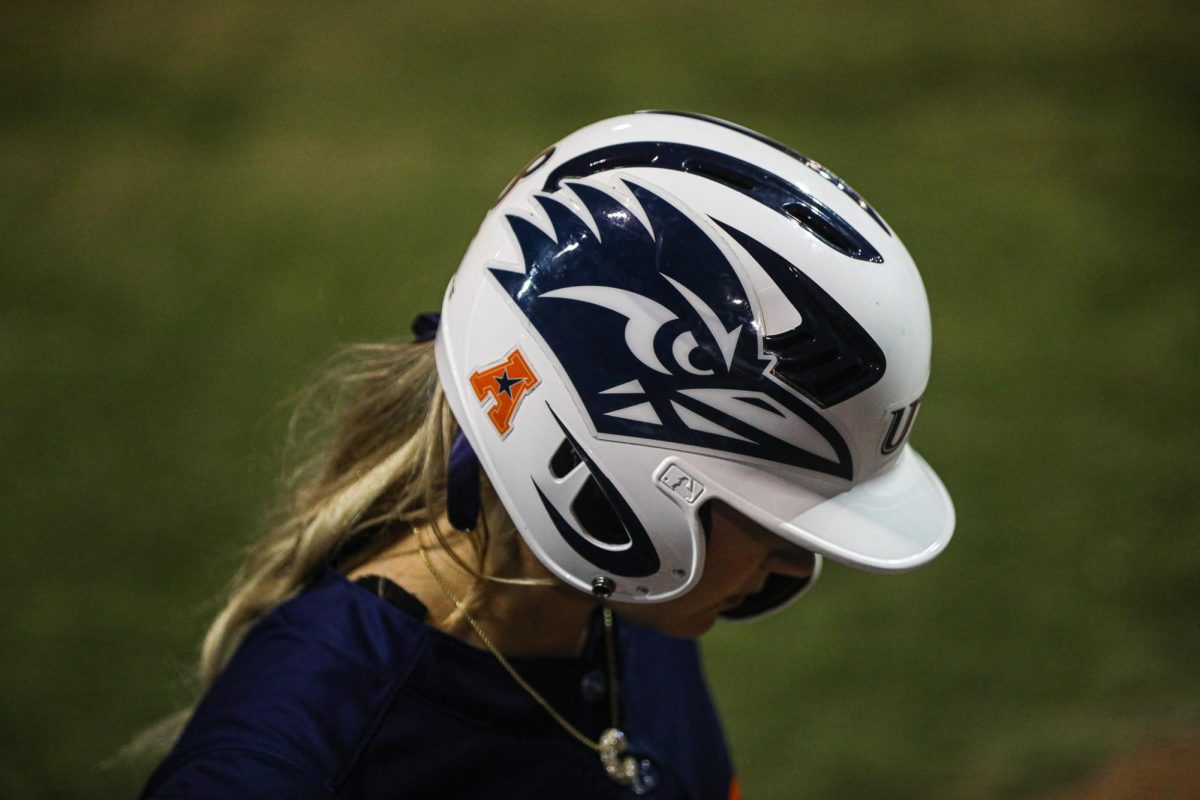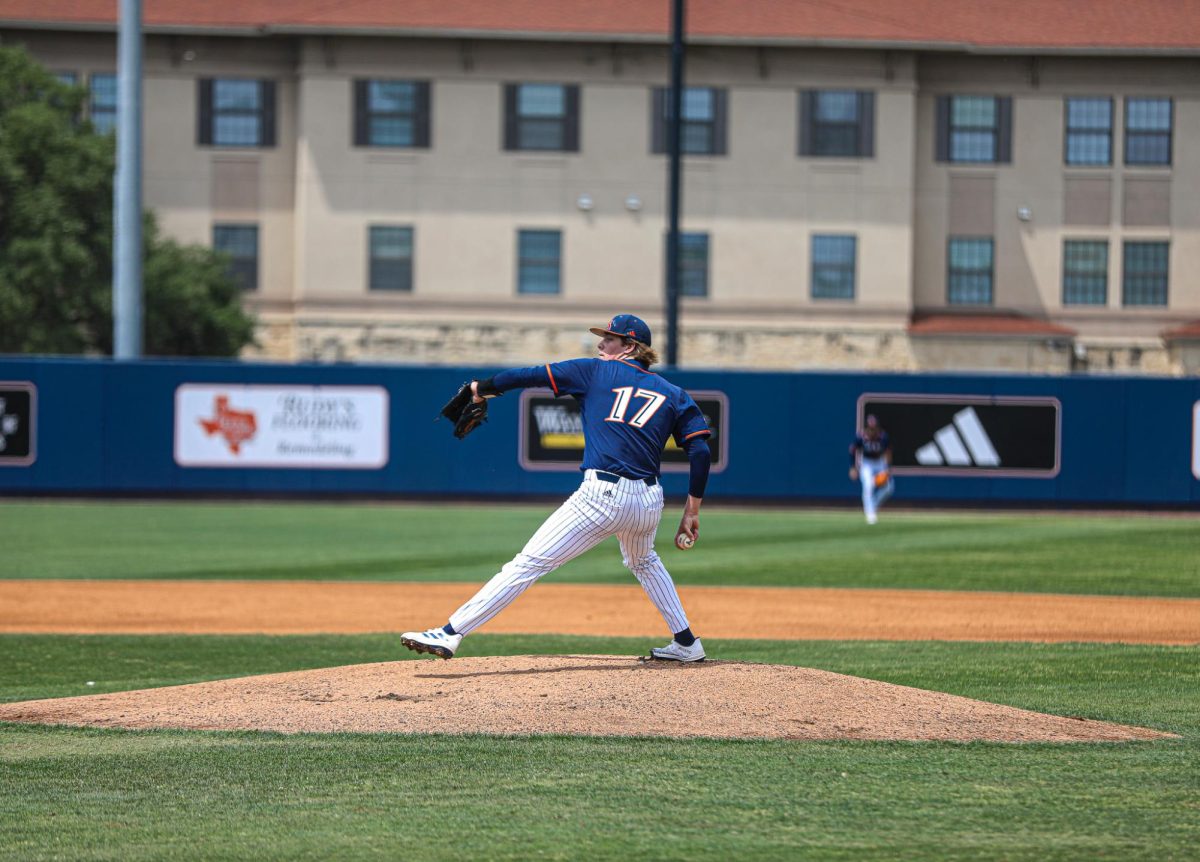The University of Pennsylvania began their college football season with weighted hearts this year because Penn lineman Owen Thomas committed suicide.
No one in his life –including his parents or his coach—had any clue Thomas was capable of suicide, but his unexpected death confirmed that Thomas was hiding something about his life.
After his death, researchers at Boston University conducted a brain autopsy found that Thomas suffered from Chronic Traumatic Encephalopathy (CTE), a disease the of the brain that alters brain function or structure. It was the first confirmed case outside the NFL, according to the National Institute of Neurological Disorders and Stroke’s website
The Boston University researchers said that CTE may not have been the definitive cause of Thomas’ suicide, but it was certainly a contributing factor. CTE can be a result of many factors including brain tumors, drugs, and solvents, but a contributing factor of Thomas’ CTE was repeated concussions while he was playing football. And one of the hallmark symptoms of CTE is an altered mental state, which can lead victims into depression.
With the Roadrunners football debut only a year away, head trauma diseases like CTE may be a concern.
“[CTE] is kind of a long-term diagnosis. Typically what we see are kids that get concussions and mood changes right after the initial injury,” UTSA Associate Athletic Director Jerry Greeson said.
“A kid gets hit, and for the next few days there may be some mood swings. There may be some depression, or maybe some euphoria.”
To combat the dangers of repeated concussions, UTSA has adopted an information program mandated by the National Athletic Association (NCAA) to help educate student athletes about the symptoms of a concussion: confusion, nausea, balance problems and amnesia. The NCAA has partnered with the Center for Disease Control and produced a concussion fact sheet for student athletes and a video explaining the symptoms and prevention of concussions.
However, for the information to be effective, student athletes must recognize the symptoms and then inform trainers when they suffer a concussion.
For example, during his 12 years of playing football, 21-year old Owen Thomas may have received more blows to the head than he had admitted to his family and coach, which led to his CTE.
“That’s always a big concern of ours, to not hide those things,” Greeson said. “It’s something you always got to be aware of. They don’t want people to know because they don’t want to be pulled from competition.”
To determine the severity of a student athlete’s concussion, the UTSA athletic staff conducts a pre-impact test, which is a series of computer based questions used to determine the athlete’s cognitive abilities.
If a player is thought to have a concussion, a post-impact test is administered and compared to the pre-impact test. The comparison of the two allows trainers to measure the level of a concussion.
“We have a computer-based test plus we film them balancing, and if there’s a concussion, we have the capability to post film-balance to compare and see if their balance is still ok,” Greeson said. “We’ve got a whole protocol setup for someone who has a concussion and a return-to-play criterion that’s been approved by our physicians.”
The best measures to prevent head injuries, however, are simply good equipment and proper training. The Roadrunners are using new gear with properly fitted helmets; their training room is stocked with state of the art medical equipment, and all the players are taught proper tackling techniques.
“[Concussions] come with the territory, unfortunately,” Greeson said, “But we’re educating our student athletes.”











